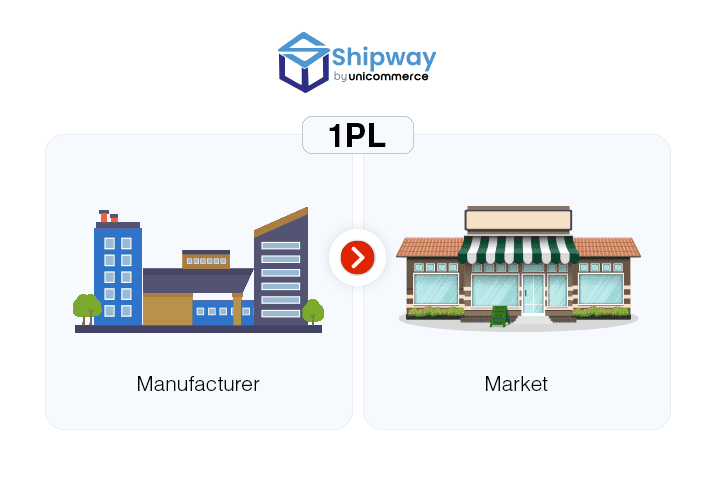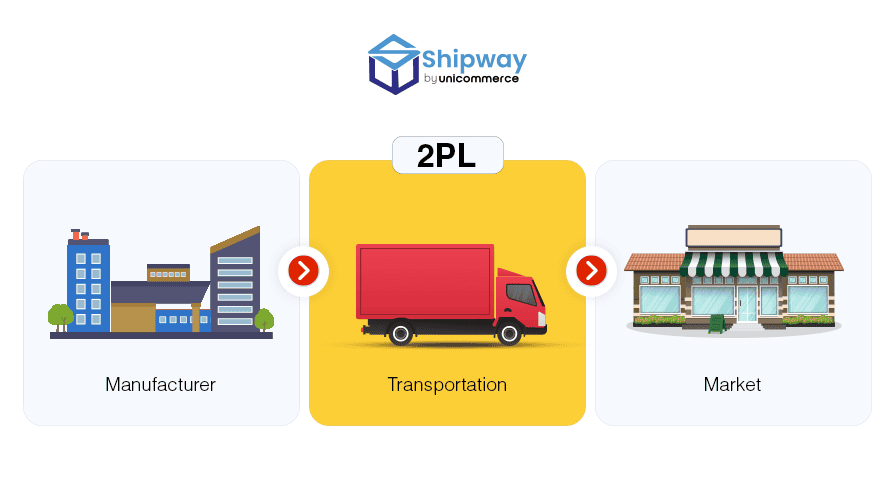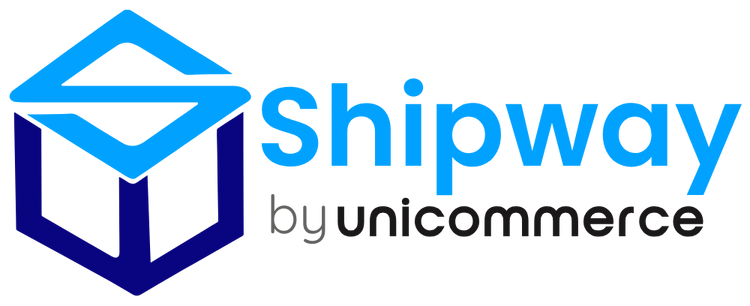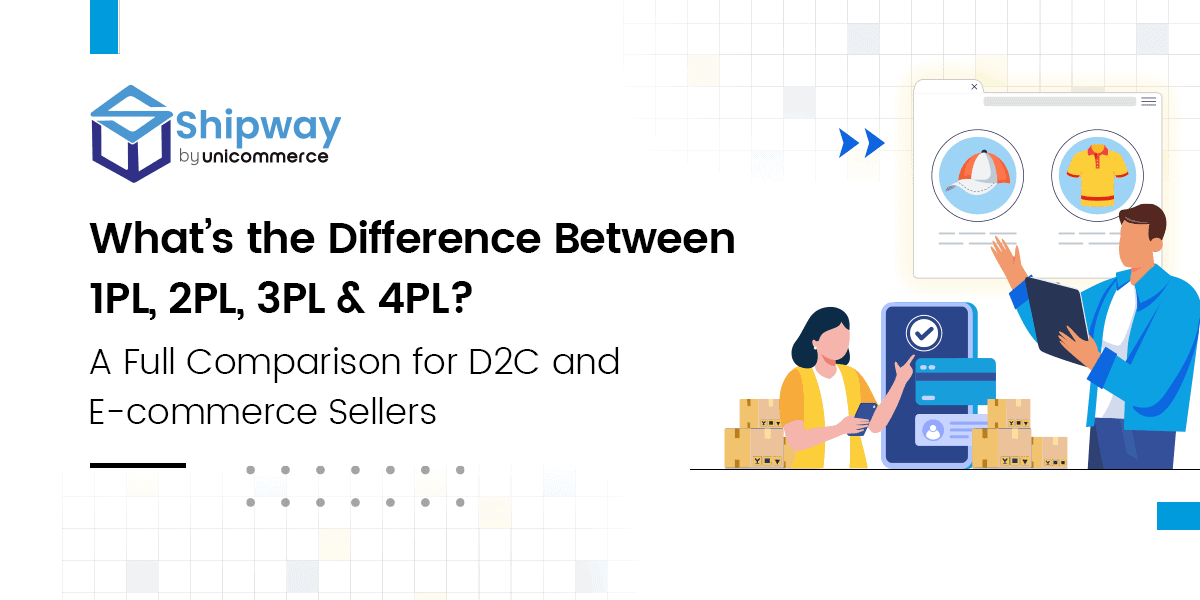A well-oiled logistics system is the backbone of any successful D2C brand, especially in today’s complex global environment, where challenges include trade restrictions, rising shipping costs, and multiple transport modes. Recent studies show that the logistics sector is expected to grow at a compound annual growth rate (CAGR) of 10.7% until FY26.
For E-commerce sellers, meeting customer expectations is getting tougher as every brand tries to stand out. Managing products across all processes requires professional logistics partners, but here’s the challenge: there are multiple types of logistics models, each designed to handle different parts of your supply chain, making your operations smoother, more efficient, and tailored to your business needs.
As FY26 approaches, many D2C and E-commerce sellers find themselves confused about which logistics model to choose. This blog will help you understand the different types of logistics models and guide you to pick the one that best fits your business needs.
What is 1PL Logistics?
1PL describes a brand that manages every aspect of its logistics in-house, including manufacturing, transportation, warehousing, packaging, and customer service. For example, if you sell a mug, your company handles everything, from producing the mug to delivering it to the customer.
This model is most common among startups or low-volume brands that want complete control over their operations.

What is 2PL Logistics?
2PL logistics is used when a brand wants to outsource transportation only. You still manage warehousing, inventory, and packaging yourself.
Example: If you sell an electronic item, you might hire a logistics partner such as DTDC, FedEx, or Delhivery to deliver the item to your customer. However, your company is still responsible for packing the product, managing inventory, and handling backend operations.

What is 3PL Logistics?
It is the most common and in-demand logistics model for growing E-commerce and D2C brands. A 3PL partner manages everything from warehousing to delivery, providing a seamless logistics environment without requiring heavy investment in infrastructure.
Services typically offered by 3PL companies:
- Inventory management and control
- Order fulfillment across multiple sales channels
- Innovative warehousing with cost optimization
- Customer service at scale
So, suppose you are a D2C brand selling makeup products and handling over 500 SKUs per day. A 3PL partner will manage picking the right products, packaging them, and delivering them to customers, without any hassle on your side.

What is 4PL Logistics?
This is more than just a logistics company; it works as both a consultant and operator, helping a brand manage the entire supply chain while overseeing multiple 3PLs. This is used mainly by large E-commerce companies and big D2C brands with complex supply chains that want end-to-end outsourcing.
Let’s understand this with an example: suppose you are running a big E-commerce business like Boat or RedTape. You need help finding logistics partners in new areas where demand for your business is high. That’s where a 4PL company fits in. They suggest the best logistics solutions near you, simplifying your supply chain and procurement process.

Comparison Table: 1PL vs 2PL vs 3PL vs 4PL for E-commerce Brands
| Types of Logistics Models | Control | Costs | Pros | Cons |
| 1PL Logistics | Complete control over inventory, shipping, and customer experience | Low third-party costs but high internal resource costs |
– Direct connection with customers – Flexible decision-making – Complete visibility |
– Time-consuming and resource-intensive – Limited scalability |
| 2PL Logistics | Control over inventory and warehousing, outsourcing only transportation | Low shipping costs and internal handling costs remain |
– Cost-effective for transportation – Reduces delivery workload – Lowers shipping expenses |
– Still manage inventory, packaging, and customer service – Limited integration with systems |
| 3PL Logistics | Moderate control; partner handles fulfillment, warehousing, and delivery | Moderate costs based on services and volume |
– Saves time and resources – Faster shipping – Handles returns, packaging, and fulfillment |
– Less direct operational control – Costs can vary with volume and services |
| 4PL Logistics | Minimal day-to-day control; partner oversees entire supply chain | Higher costs due to end-to-end management |
– Complete supply chain management – Strategic planning – Can manage multiple regions and vendors |
– High cost – Less control over daily operations |
How Do You Decide Which Logistics Model Works for Your Business?
When you have many options, choosing the right logistics model becomes crucial. Each type of PL explained above has its own pros and cons. Making the correct choice depends on several factors, including your company size, industry, shipping volume, budget, and more. Here are some key considerations before deciding between 1pl vs 2pl vs 3pl vs 4pl :
- Size of your brand: Larger brands may benefit from more scalable logistics models, while smaller brands might prefer complete control with simpler solutions.
- Daily shipping volume: High-volume businesses require partners that can handle large shipments efficiently without compromising speed or accuracy.
- Trained resources required: Consider whether your team has the expertise to manage logistics in-house or needs external professional support.
- Peak season fluctuations: Your logistics partner should manage demand surges effectively during festive seasons or promotional periods.
- Budget and ROI: Evaluate costs versus potential returns to ensure the chosen logistics model maximizes efficiency while staying within budget.
- Geographical reach and expansion plans: Consider if your logistics model can support delivery in new regions and scale with your business growth.
Wrapping Up
Every logistics model has its own pros and cons, and instead of getting stuck in the debate of 1PL vs 2PL vs 3PL vs 4PL, it’s more important to understand what your business actually needs. But here’s the catch: choosing any third-party partner can sometimes distance you from your core operations. That’s why staying integrated and maintaining transparency with your logistics partner is essential.
This is where Shipway makes a real difference. With advanced AI integrations, Shipway keeps you updated on every part of your logistics workflow, helping you stay connected and build complete transparency between your brand and your third-party logistics provider.
So, evaluate your business needs carefully, and let Shipway help you stay transparent and in control. To know how, connect with our experts now!
What is the difference between 1PL, 2PL, 3PL, and 4PL logistics?
What are the advantages of 1PL logistics?
What are the benefits of using a 3PL partner?
What factors should I check before choosing a logistics model?

